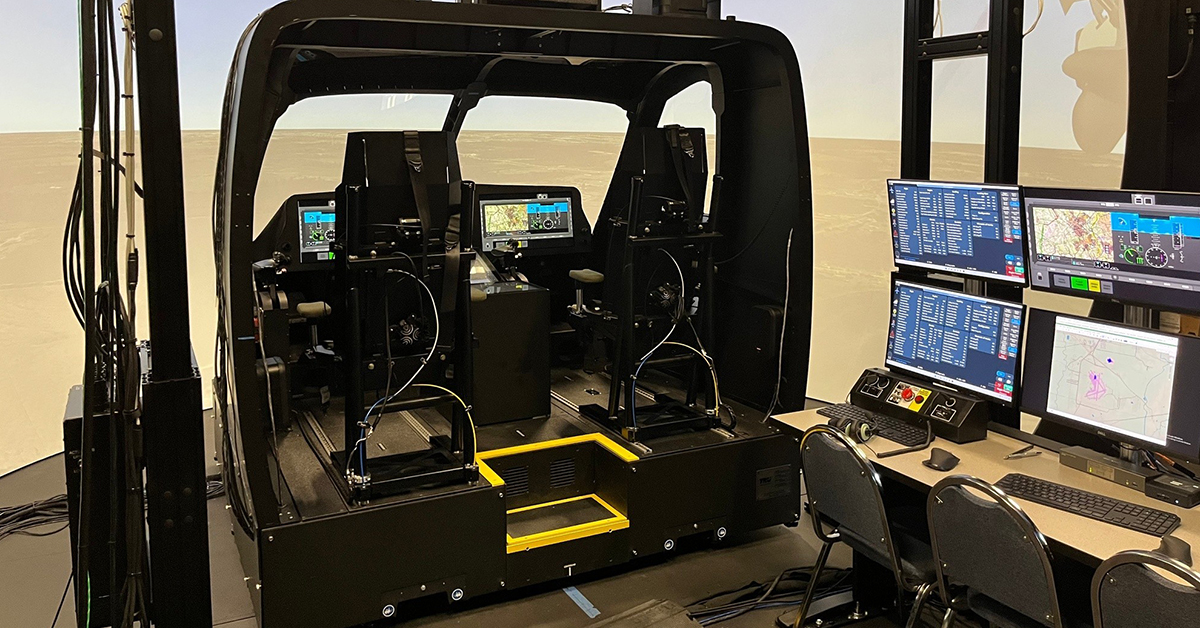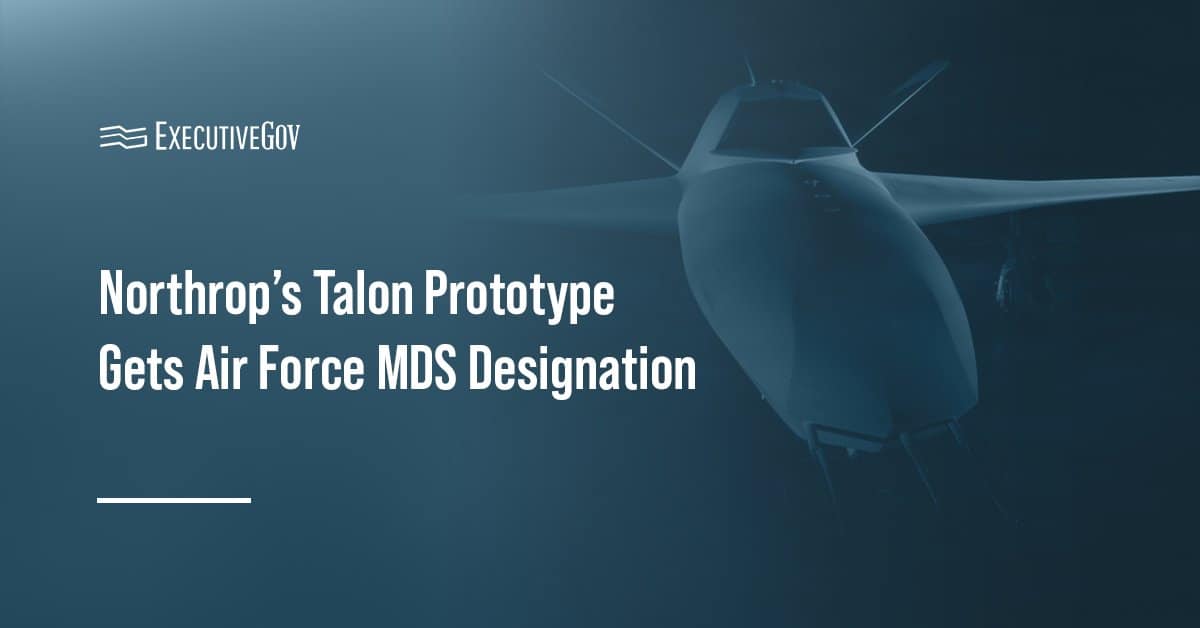Bell, a Textron subsidiary, has delivered to the U.S. Army the first virtual prototype of the MV-75 Future Long Range Assault Aircraft, or FLRAA.
A second virtual prototype of the FLRAA is expected to arrive at the Army Aviation Center of Excellence in the coming weeks, the service branch said Tuesday.
“We are incredibly proud to have reached this critical milestone,” commented Col. Jeffrey Poquette, project manager for FLRAA, about the delivery. “Our virtual prototype demonstrates a clear path to delivering a next-generation multi-mission aircraft that will fundamentally change how the Army conducts long-range assault operations.”
According to the Army, the virtual prototype will enable soldiers to assess the weapon system and give feedback, informing future design improvements, software development, verification, integration and test. The technology will also help identify tactics, techniques and procedures through experimentation.
Table of Contents
Army Development of the FLRAA
The Army used a rapid prototyping pathway for the FLRAA. In 2022, Bell received a contract to build the MV-75 based on the V-280 Valor tiltrotor. The program completed a preliminary design, achieved Milestone B approval and then transitioned to the Engineering and Manufacturing Development phase in 2024.
“Thanks to consistent support from Army leadership, the Department of Defense, and Congress, we’ve been able to accelerate the FLRAA program and bring next-generation aviation capabilities to the warfighter faster than ever,” said Brig. Gen. David Phillips, program executive officer for Army Aviation.
What Is the FLRAA?
The MV-75 FLRAA is a multi-mission aircraft designed to cover twice as far and fly twice as fast as the Army’s current fleet of long-range assault vessels. It will have a modular open systems approach to enable faster fielding and integration of new capabilities.
The aircraft is expected to complement the Army’s UH-60 Black Hawk helicopters to improve survivability in contested environments.





